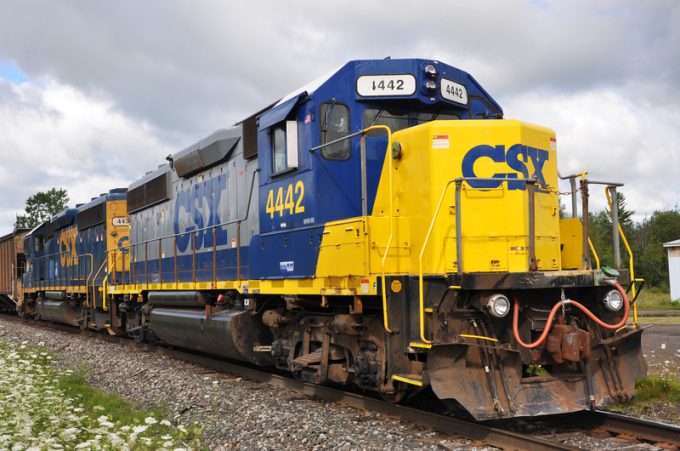North American railroads report intermodal volumes on the increase
North American intermodal operators are continuing to make volume gains, but are showing mixed results ...

US freight rail operator CSX recently reported a trading update that may have pleased some shareholders, but also pointed to a very challenging outlook and highlighted a few risks surrounding its capital allocation strategy into 2017.
A 13% drop in fourth-quarter revenue came on the back ...

Comment on this article